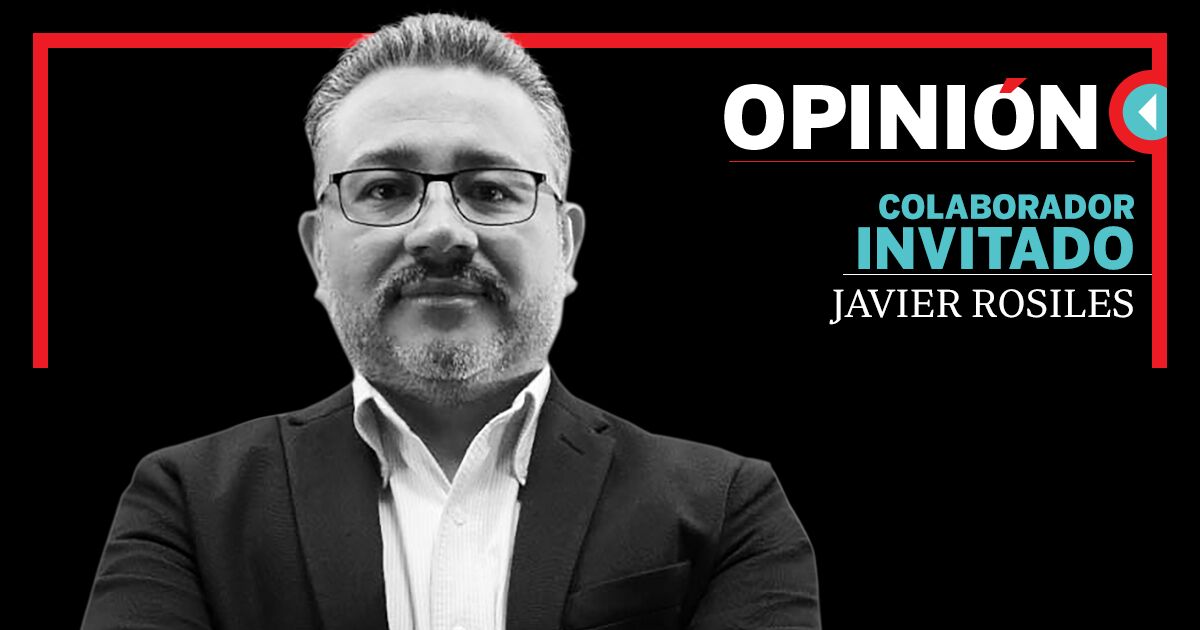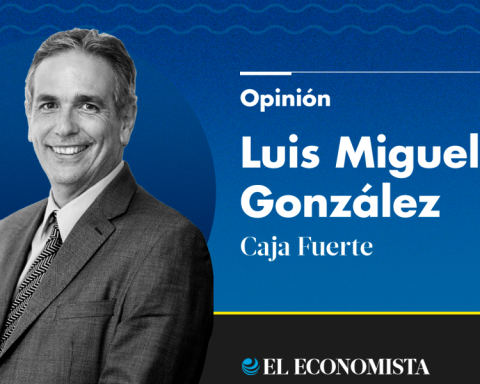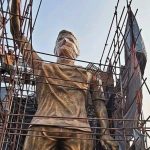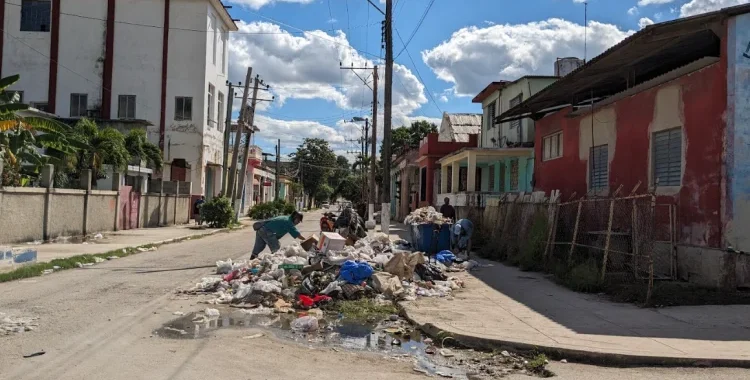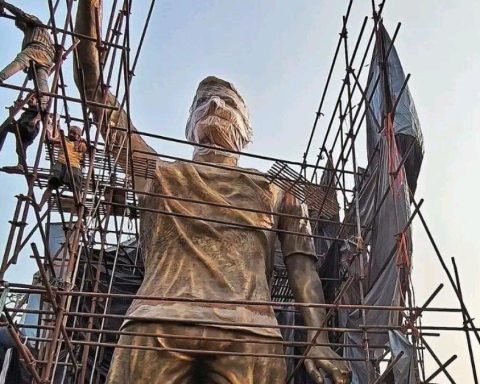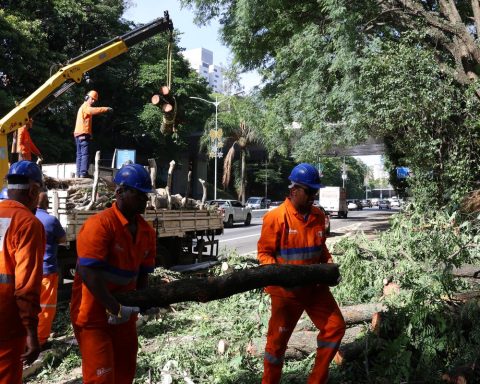“They are no longer thinking about the transformation project,” said the president, referring to Juan Luis González Alcántara (whom he supported in 2018), Margarita Ríos-Farjat and Yasmín Esquivel (whom he supported in 2019) and Loretta Ortiz Ahlf (whom he proposed in 2021). The endorsement of Lenia Batres and, notably, of Arturo Zaldívar, former president of the plenary and current defender and legal advisor of the 4T, were not enough for a Court to suit.
“I said: I will have the opportunity to propose ministers. I did my calculations; plus those who are decent, we may be able to have a majority. Not so that they support me in abuses, but to reform the Judicial Branch and so that there is real justice in Mexico. And what do you think? I was wrong. Because I made proposals, but once I proposed them, either because of the position, or because they changed their minds, they are no longer thinking about the transformation project and about doing justice,” the president said.
López Obrador could have proposed a judicial reform as soon as he took office, but he calculated that the four “tailored” inclusions were enough to have a Court that would support his political project or, at least, not hinder it. He thought he could change the configuration of the most important body of the Judiciary so that it would work in his favor, thus avoiding a reform that would be very complex to implement.
But, as he admits, he failed in his attempt. What came next was the order to reform the power that serves as a counterweight, as a means of control of the other two powers. The sanitation of the Supreme Court as a mandate issued by the federal Executive Power.
There is no doubt that the Judiciary requires a reform and that it must be profound. It is not, by any means, the most transparent branch nor the one with the best knowledge of its performance and operation. Although, needless to say, it is a broad and relevant institutional structure: 932 jurisdictional bodies, not counting the Court and the Electoral Tribunal of the Judicial Branch of the Federation, distributed in 77 areas of the country. In total, more than 54,000 people work there, between jurisdictional and administrative bodies.
Thirty years have passed since the great reform of the Supreme Court in 1994, which drastically reduced the number of its justices. The question now is whether, although necessary, this is the reform that is required, and this is where doubts and controversies arise.
There are at least three aspects that show that there is a lack of articulation between the diagnosis that exists, and which is shared even by the opposition, and what is offered as a solution:
1. As can be read in the explanatory statement of the proposal, “Since the 1990s, the Mexican population has indicated that it does not trust the courts, judges and magistrates.” True, the question is how the popular election of judges can guarantee that this image improves, when it could even produce the opposite. There is no direct relationship between trust and the method of appointment.
2. One of the most severe criticisms of the Judiciary has to do with the quality of its decisions. One possible explanation is the workload faced by the 1,580 judges. According to the Court, last year each judge, magistrate, or magistrate resolved 895 cases during the year, due to the fact that 1,473,133 cases were received, of which 1,413,724 were resolved, that is, 95.97%.
Given this burden of work, is the election of judges an effective solution? It seems that voting will not guarantee a higher quality of decisions or that cases will be dealt with more quickly, when the number of hands will remain the same.
